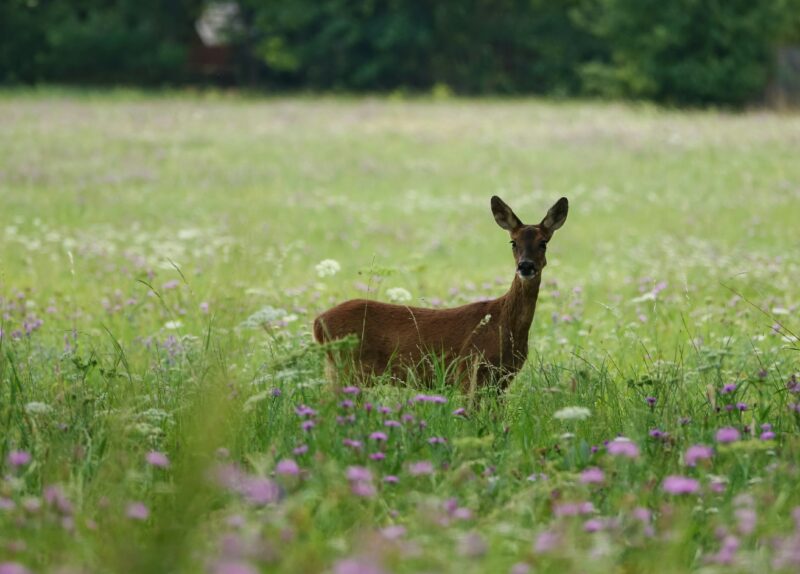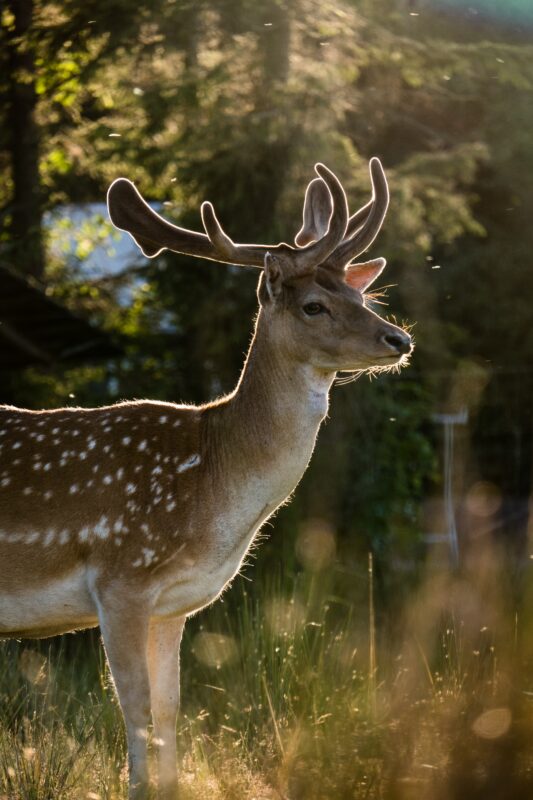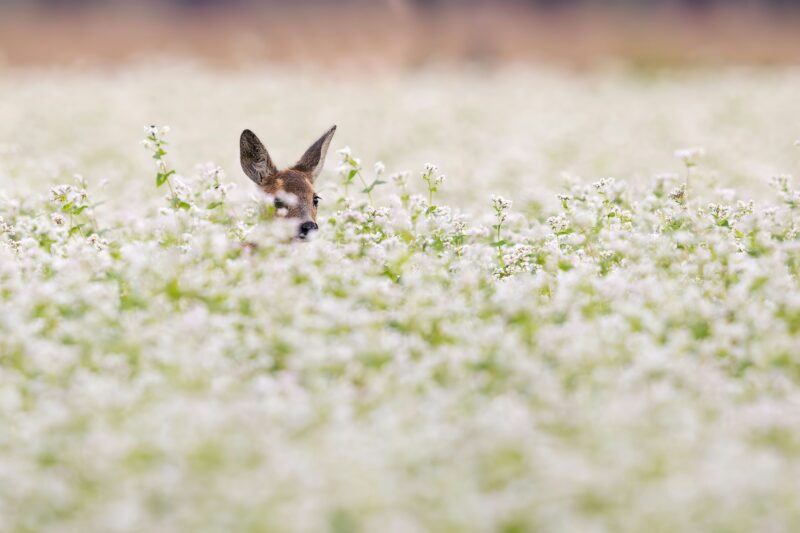Plants Deer Eat.

Plants Deer Eat: A Permaculture Approach to Managing Deer in Your Garden
Altogether, one of the most persistent challenges is managing gardens gracefully with deer populations nearby. While these elegant creatures are a beautiful part of the ecosystem, they can also wreak havoc on carefully curated gardens. For those who want to live harmoniously with nature, without resorting to harsh chemicals or expensive fencing, understanding which plants deer prefer can be a game-changer.
Why Do Deer Eat Certain Plants?
Deer are selective browsers, and their preferences can change based on factors like season, local plant availability, and population pressure. Some plants are simply tastier to deer due to their high moisture content, tender foliage, or nutritional value. By strategically planting these “deer favorites” in specific areas of your landscape, you can influence their browsing patterns, protecting more delicate or personally valuable parts of your garden.
Native Perennials That Deer Love (Purchase Seed Here!)
Goldenrod (Solidago spp.)
Goldenrod is a native perennial that not only provides nectar for pollinators but is also a favored snack for deer. Its bright yellow flowers add a splash of color to your garden while serving as a natural deer attractant.
New England Aster (Symphyotrichum novae-angliae)
With its vibrant purple flowers, New England Aster is another native perennial that deer find irresistible. By planting these asters in designated areas, you can direct deer away from other parts of your garden.
Pokeweed (Phytolacca americana)
Though often considered a weed, Pokeweed is a native American wildflower. Additionally, it’s highly attractive to wildlife, including deer. Its large, fleshy leaves and bright berries can lure deer away from more sensitive plantings. However, be cautious with Pokeweed. Undoubtedly it can be invasive and potentially toxic to pets and humans.
A Baffle of Native Shrubs: A Natural Barrier
In addition to planting deer-preferred species, creating a baffle of shrubs that deer dislike can further protect your garden. Native shrubs like Sumac (Rhus spp.), Spicebush (Lindera benzoin), and Viburnum (Viburnum spp.) are known for their strong scents or tough foliage. Deer tend to avoid these species for these reasons. By strategically placing these native shrubs around your garden’s perimeter or near vulnerable plants, you can create a natural barrier that deters deer from wandering into unwanted areas.
Redirecting Deer: A Multi-Stage Process
Redirecting deer away from certain areas of your garden will likely require a multi-stage approach. Start by planting deer-preferred species in an easily accessible area, away from your subjectively higher value plants. Over time, as deer learn to frequent this “designated browsing zone,” you can gradually reduce their impact on the rest of your garden.
The Role of Canine Companions
A dog can be a valuable ally in your efforts to protect your garden. By allowing your dog to patrol the right zone, you can create an additional layer of deterrence. The scent and sound of a dog are natural deer repellents, helping to reinforce the boundaries you’ve established with your plantings.
Living in Harmony with Nature using plants deer eat.
By understanding which plants deer prefer and using that knowledge to guide their behavior, you can protect your garden without compromising your eco-friendly principles. This permaculture approach not only helps maintain the balance of your landscape but also allows you to coexist peacefully with the wildlife that shares your space.
How to hire Jessecology you live peaceably with the deer nearby.
Certainly, we believe in solutions that honor the natural world while addressing the practical needs of homeowners. Whether you’re dealing with deer, invasive species, or simply want to create a more sustainable garden, we’re here to help you figure it out. Within our tri-county NY service area, fill out our consult form for projects. Additionally, you can request a free quote for tiny local projects. Finally, you can purchase some “Wildflowers Deer Love” seed from the shop.


